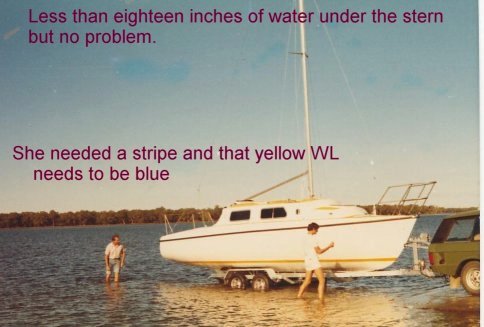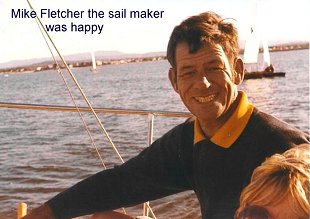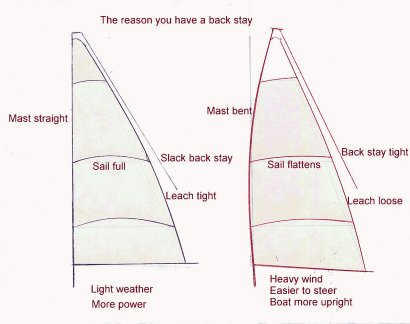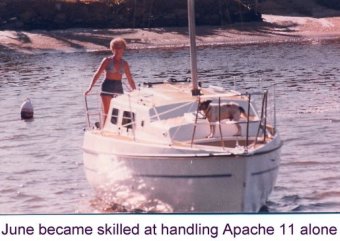from Rob Legg Yachts | |||||
|
|
|
|
|
||
Episode 9: Designing the RL28
The mast had been easy to stand up. One man could raise it with just another helping with the forestay. The long clear cabin top with no hatch in the way helped. At first try the boat didn't want to budge, but after the trailer bearers were lowered a little, and the push off bar engaged, the boat slid into the water. Before launching I had stood at the back of the boat and noted that it was no more than twenty inches deep. That was great as it appeared that we would never have to immerse the rear axle or the wheel bearings. Some one had raised the question, "Was this the biggest ever legally trailable yacht?" At that time it appears it was, and for that matter it still may be. Our six HP Mercury outboard seemed more than adequate as an auxiliary as we moved into deep water. Then keel down and thirty pumps to bring it right up seemed simple enough. The hydraulics worked well!
|






